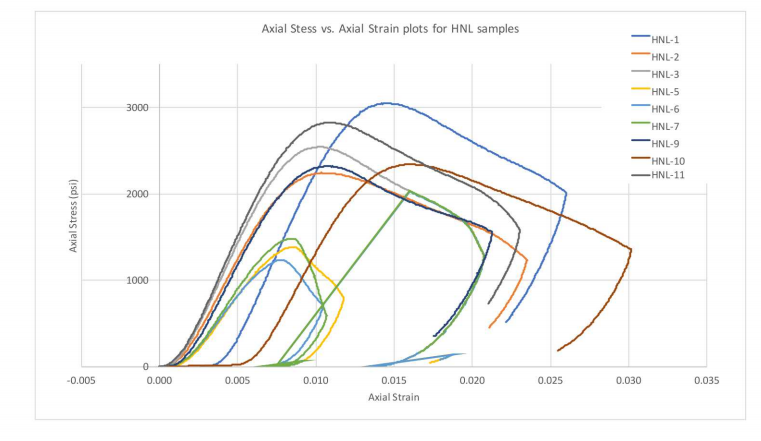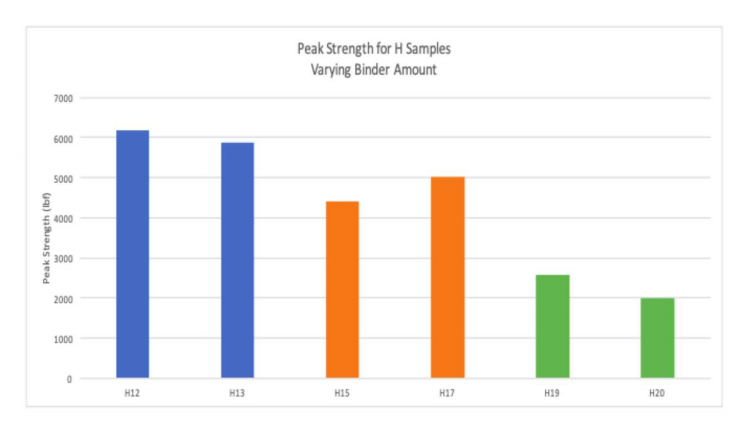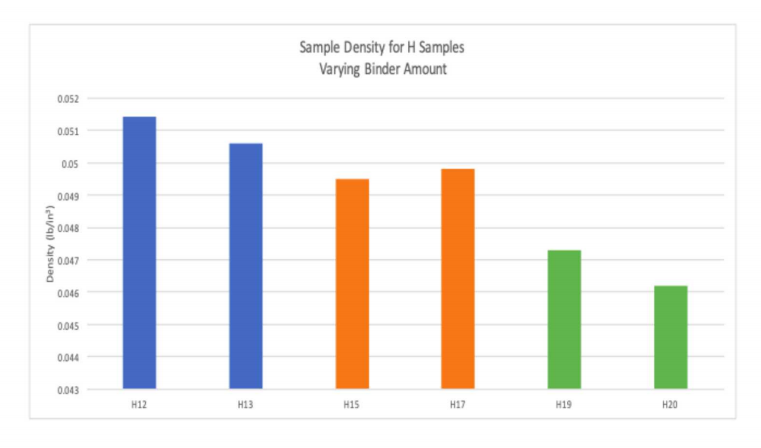Michelle Williams has authored a study (carried out at Sandia National Laboratories and funded by Laboratory Directed Research and Development) for the U.S. Department of Energy, Office of Scientific and Technical Information, outlining recent findings about unique materials for digital fabrication in Geomechanical characterization of Geo-architectural Rock Specimens using Gypsum-based 3D printing.’
Because of the natural diversity in rock samples being studied by scientists, there are often challenges in classification. Williams’ study is meant to improve methods for the evaluation of characteristics in natural rock. As with so many other fields too, ranging from automotive to aerospace, medicine and dental, construction, and nearly every industry one can think of, 3D printing offers improvements on previous methods, designs, prototypes and parts, and more.
In relation to rocks, 3D printed models can help scientists have a better understanding of the following:
- Strength
- Density
- Porosity
- Microstructure
- Mineralogy
- Geophysical
- Mineralogical interactions
Conventional methods for study include microscopy, CT scans, micro-CT scans, and many other techniques, to include rock mass classification; however, issues such as fractures, bedding, inclusions, joints, and more, present challenges during examination. Many benefits arise with the use of 3D printing, from ease in production of models as well as speed, affordability, and the potential for fabrication of complex geometries.
The scientists printed 36 samples in cylinder form, using a powder-based Gypsum 3D ProJet360 printer with an HP11 printhead and VisiJet PXL Clear binder as the material.
The researchers noted velocity and took pictures of each sample before evaluation; they were then baked in a humidity chamber and tested on an MTS 22kip frame.
Stress versus strain curves reflected the greatest strength in samples printed in the H-long direction, with the vertically printed samples coming in second. H-short samples were the weakest.
“With varying amount of binder, the larger amount (blue) resulted in the strongest rock during UCS testing,” stated Williams. “Density was also measured to ensure additional binder amount, and the higher density sample is the sample with the larger amount of binder.”
The environment was responsible for differences in strength. The team noted that baked samples were strongest, while weakest were left in humidity levels of 80 percent.
“Test results of the 3D printed geo-architected rock specimens demonstrated reasonable reproducibility and appear to be a promising path towards increasing the ability to characterize natural rock,” concluded Williams.
“Future work could improve the Python code to also calculate and compare Young’s Modulus from the UCS data versus that from the velocity measurements. Due to the high impact of the 3D printing, advances in the technology appear inevitable. Such advances may help control sample microstructure, which will increase the value of this technology for understanding classification of rock characteristics.”
What do you think of this news? Let us know your thoughts! Join the discussion of this and other 3D printing topics at 3DPrintBoard.com.
[Source / Images: ‘Geomechanical characterization of Geo-architectural Rock Specimens using Gypsum-based 3D printing.’]Subscribe to Our Email Newsletter
Stay up-to-date on all the latest news from the 3D printing industry and receive information and offers from third party vendors.
Print Services
Upload your 3D Models and get them printed quickly and efficiently.
You May Also Like
The Dental Additive Manufacturing Market Could Nearly Double by 2033, According to AM Research
According to an AM Research report from 2024, the medical device industry, specifically in dentistry, prosthetics, and audiology, is expected to see significant growth as these segments continue to benefit from...
Heating Up: 3D Systems’ Scott Green Discusses 3D Printing’s Potential in the Data Center Industry
The relentless rise of NVIDIA, the steadily increasing pledges of major private and public investments in national infrastructure projects around the world, and the general cultural obsession with AI have...
AM Research Webinar Explores Continuum’s Sustainable Metal Additive Manufacturing Powders
Metal additive manufacturing (AM) powder supplier Continuum Powders is working to develop solutions that empower industries to reduce waste and optimize their resources. An independent life cycle assessment (LCA) of...
3D Printed Footwear Startup Koobz Lands $7.2M in Seed Round
California-based Koobz is focused on reshoring the U.S. footwear supply chain with advanced manufacturing processes, including 3D printing. The startup just announced that it has added $6 million to its...









































